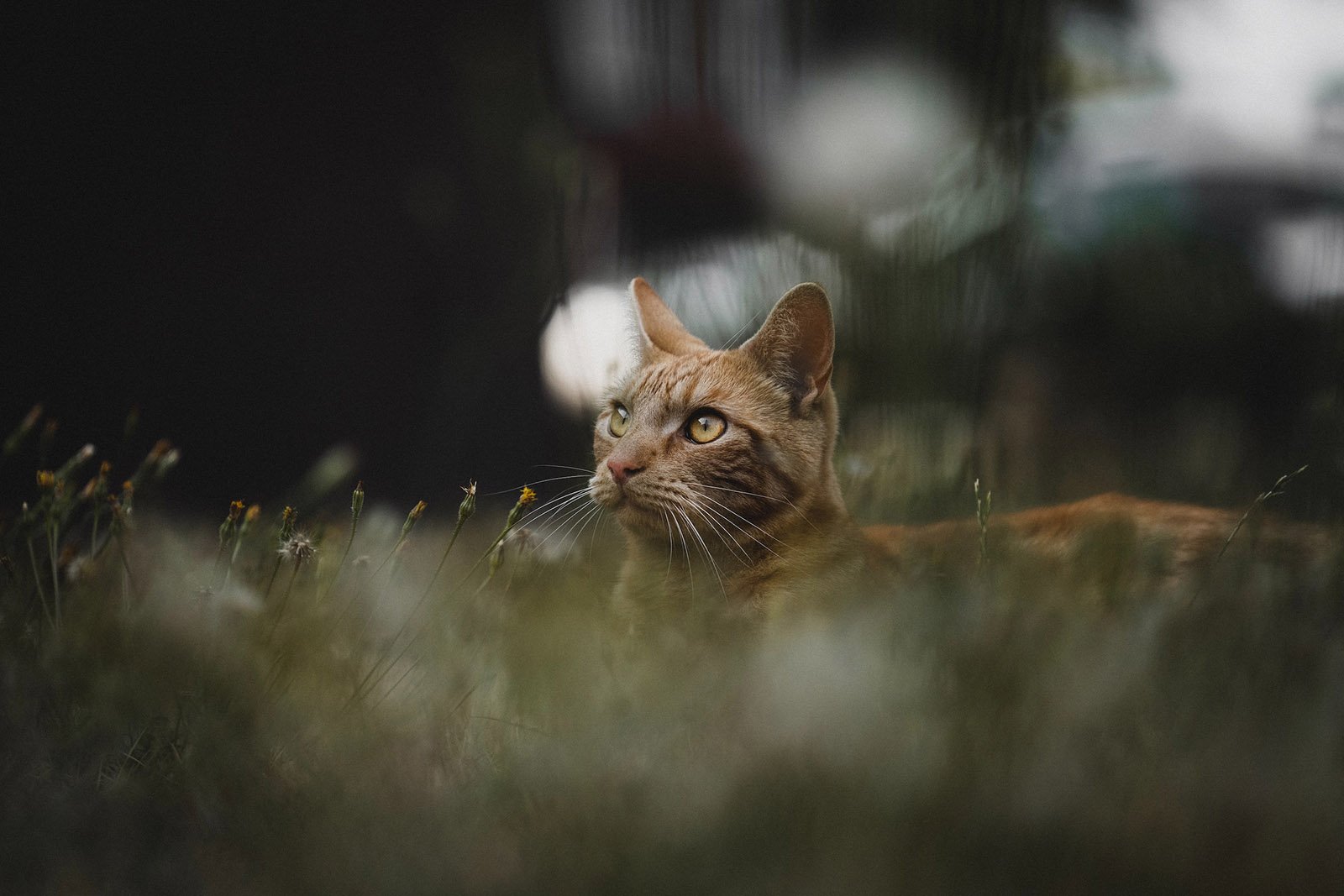Beginner basics: What is aperture in photography?
LEAD PHOTO Photo by Wan San Yip on Unsplash
When it comes to photography, there are several technical terms and concepts that can seem overwhelming for beginners. One such term is “aperture.” Understanding aperture is crucial for achieving the desired depth of field and controlling the amount of light that enters your camera. In this article, we answer what is aperture and explain its significance in photography.
What is aperture?
At its core, aperture refers to the opening in the lens through which light enters the camera. It acts similarly to the pupil of our eyes, adjusting its size to regulate the amount of light reaching the camera’s sensor. Aperture is measured in f-stops, denoted by a series of numbers such as f/2.8, f/4, f/5.6, and so on.
The concept of aperture may seem counterintuitive at first, as the f-stop numbers work backward. A smaller f-stop number, like f/2.8, indicates a larger aperture opening, while a larger f-stop number, such as f/16, represents a smaller aperture opening. Understanding this inverse relationship is crucial in grasping how aperture affects your photographs. There are small aperture blades in the lens which open and close depending on the aperture chosen.
By KoeppiK — Own work, CC BY-SA 4.0, https://commons.wikimedia.org/w/index.php?curid=78136658
Photo by Stanisław Gregor on Unsplash
Understanding depth of field
One of the primary effects of aperture is its influence on the depth of field. Depth of field refers to the range of sharpness in an image, from the foreground to the background. A large aperture opening (small f-stop number) results in a shallow depth of field, where the subject is in sharp focus while the background appears blurred. This effect is commonly used in portrait photography to create a pleasing separation between the subject and the background.
On the other hand, a smaller aperture opening (large f-stop number) increases the depth of field, resulting in more elements in the scene being in focus. Landscape photography often benefits from a larger depth of field to capture intricate details in both the foreground and the background.
Photo by Gijs Coolen on Unsplash
Finding the correct exposure
Apart from controlling depth of field, aperture also plays a crucial role in managing the exposure of an image. Exposure refers to the amount of light that reaches the camera’s sensor. A larger aperture opening (small f-stop number) allows more light to enter the camera, resulting in a brighter image. Conversely, a smaller aperture opening (large f-stop number) restricts the amount of light, resulting in a darker image.
It’s important to note that aperture is just one of the three elements that affect exposure, along with shutter speed and ISO. These three factors work together in what is known as the exposure triangle. Adjusting one element affects the others, so finding the right balance between aperture, shutter speed, and ISO is crucial for achieving well-exposed images.
Photo by Daniel Jericó on Unsplash
So, which aperture to choose?
When it comes to selecting the aperture for a particular shot, it often depends on the desired effect and the lighting conditions. As mentioned earlier, if you want a shallow depth of field with a blurred background, choose a larger aperture opening (small f-stop number). For landscapes or situations where you want everything in focus, opt for a smaller aperture opening (large f-stop number).
Modern cameras provide different shooting modes to assist beginners in choosing the right aperture setting. These modes include aperture priority (A or Av) and manual (M). In aperture priority mode, you set the desired aperture, and the camera automatically adjusts the shutter speed for proper exposure. Manual mode allows you to have full control over both aperture and shutter speed.
Aperture is a fundamental aspect of photography that affects both the depth of field and exposure of an image. By understanding how it works and experimenting with different settings, you can unleash your creativity. You can capture stunning photographs with precise control over what’s in focus and how much light enters your camera. So, grab your camera and start exploring the fascinating world of aperture!








